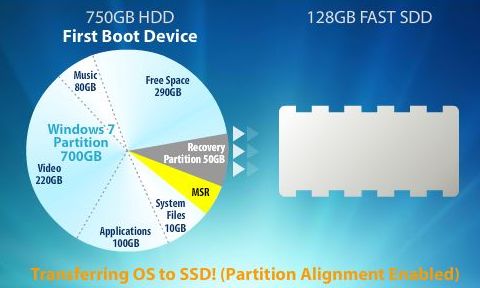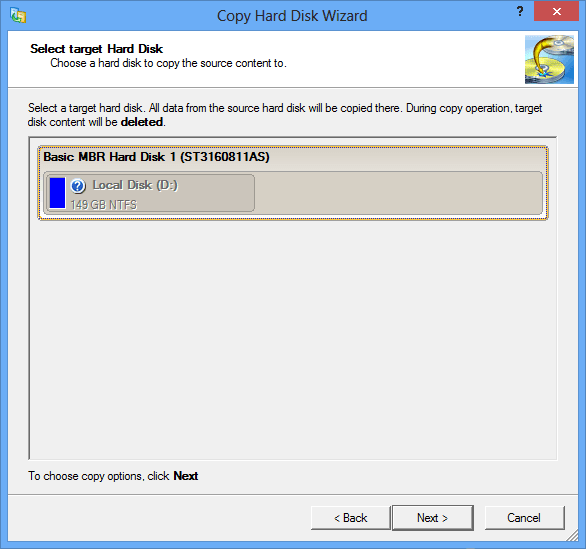

The first screen you will see will be the product key and serial number entry screen.Įnter the Product Key (which can be copied and pasted), then enter the serial number in the four lower blocks and click “OK”.Īfter your product key and serial number are authenticated, you will see the above screen, which states “To continue, click “Next””.

When you download the software, choose the “run” option. When you purchase the product, you will receive by e-mail your product key and serial number. The Paragon “Migrate OS to SSD” version 4.0 software is downloaded from Paragon Software here. INSTALLING THE PARAGON MIGRATE OS TO SSD SOFTWARE Subtracting the 16.4GB / 7% from the 240GB raw capacity leaves us with the 223.57GB of usable storage. Corsair uses a default amount of 7% of available drive capacity for overprovisioning. The second row shows a single partition of 223.57GB.

In the top row, we see the primary partition of a little over 107GB (the 11.9GB partition to the right is for overprovisioning), and the small “system reserved” partition. Above we see Disk Management’s diagram of the drive partitions. Our destination drive is a Corsair Force LS Series 240GB SSD, which we recently reviewed here. We have uninstalled Samsung’s migration software and the Samsung Magician software. It has been recently backed up to an identical Samsung 830-series 128GB SSD. Also make sure you get the latest release of Reflect before you create your Rescue Media, since Macrium just recently included an enhancement to ReDeploy.Our migration today will use as the source disk a Samsung 830-series 128GB SSD. If it still doesn't work, boot into that again and run Fix Boot Problems. (The exception is systems that have a RAID or RAID-like controller enabled such as Intel Rapid Storage, in which case that controller abstracts the true storage interface from the OS.) So while your 970 Evo is installed internally, boot your system from Reflect Rescue Media, then run ReDeploy. Cloning from a SATA to NVMe SSD as you are doing typically requires running Macrium ReDeploy so that it can reconfigure Windows to load an NVMe driver at startup instead of a SATA driver, otherwise Windows literally won't be able to see the disk it's trying to boot from. The 950 is an NVMe SSD like your new 970, but the 850 is a SATA SSD. I almost missed this since you wrote you were moving from a 950 to a 970, but your screenshot reveals that you are actually moving from an 850 to a 970.


 0 kommentar(er)
0 kommentar(er)
